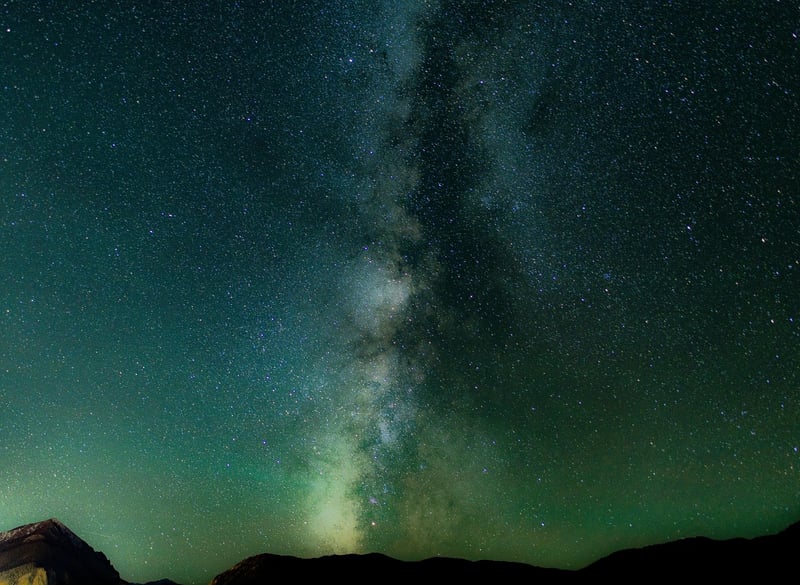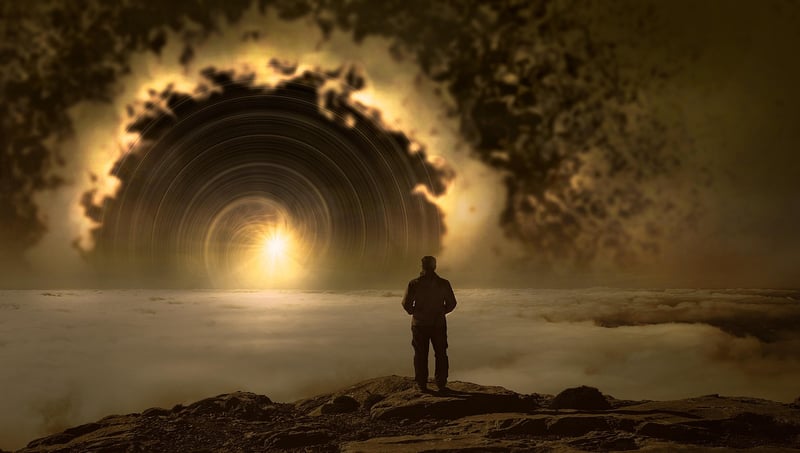Black Holes
Staying Safe in Space and Understanding Black Holes
Introduction to Space Exploration
Space has always captivated human imagination with its vastness and mysteries. As we venture out into the unknown, it's essential to understand the dangers that come with exploring the final frontier.
Staying Safe in Space
When astronauts travel beyond Earth's atmosphere, they face various hazards such as extreme temperatures, microgravity, and radiation. To stay safe, they undergo rigorous training and rely on advanced technology to protect themselves.
- Wearing specialized spacesuits to regulate body temperature and provide oxygen.
- Using spacecraft with shielding to block harmful radiation.
- Frequent exercise to combat muscle and bone loss in microgravity.
- Following strict protocols to ensure safety during spacewalks and missions.
By following these precautions, astronauts can minimize risks and carry out their missions successfully.
Understanding Black Holes
Black holes are some of the most enigmatic objects in the universe. They are regions in space where gravity is so intense that nothing, not even light, can escape their pull.
Key points about black holes:
- Formed from the remnants of massive stars that have collapsed under their gravity.
- Have an event horizon beyond which nothing can return, known as the point of no return.
- Exhibit strong gravitational effects, distorting space and time around them.
- Come in different sizes, from stellar black holes to supermassive black holes found at the centers of galaxies.
Exploring the Unknown
As we continue to push the boundaries of space exploration, our understanding of black holes and other celestial phenomena deepens. By staying safe in space and embracing the challenges that come with exploring black holes, we unlock the secrets of the universe and inspire future generations to reach for the stars.

Image Source: Pixabay
